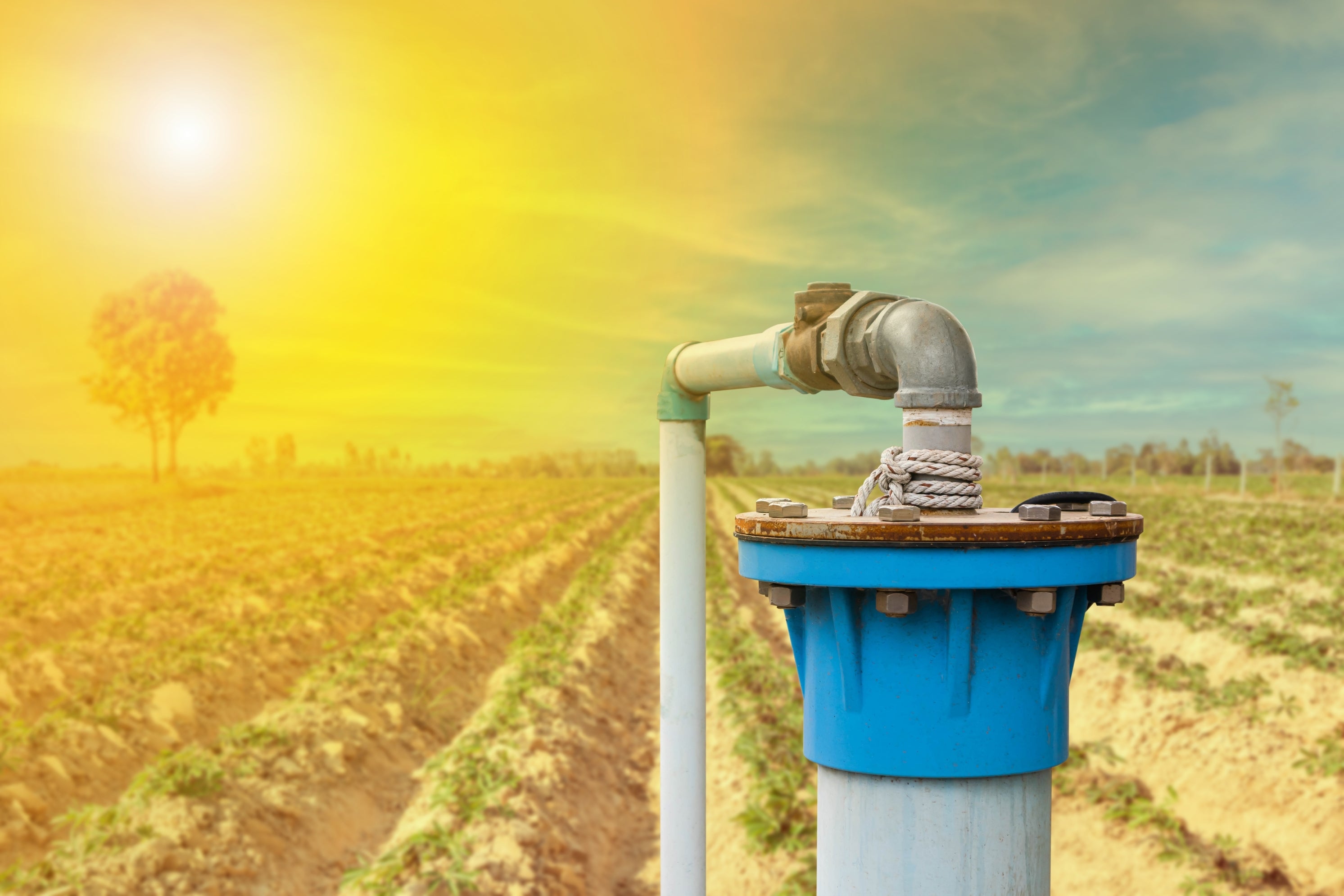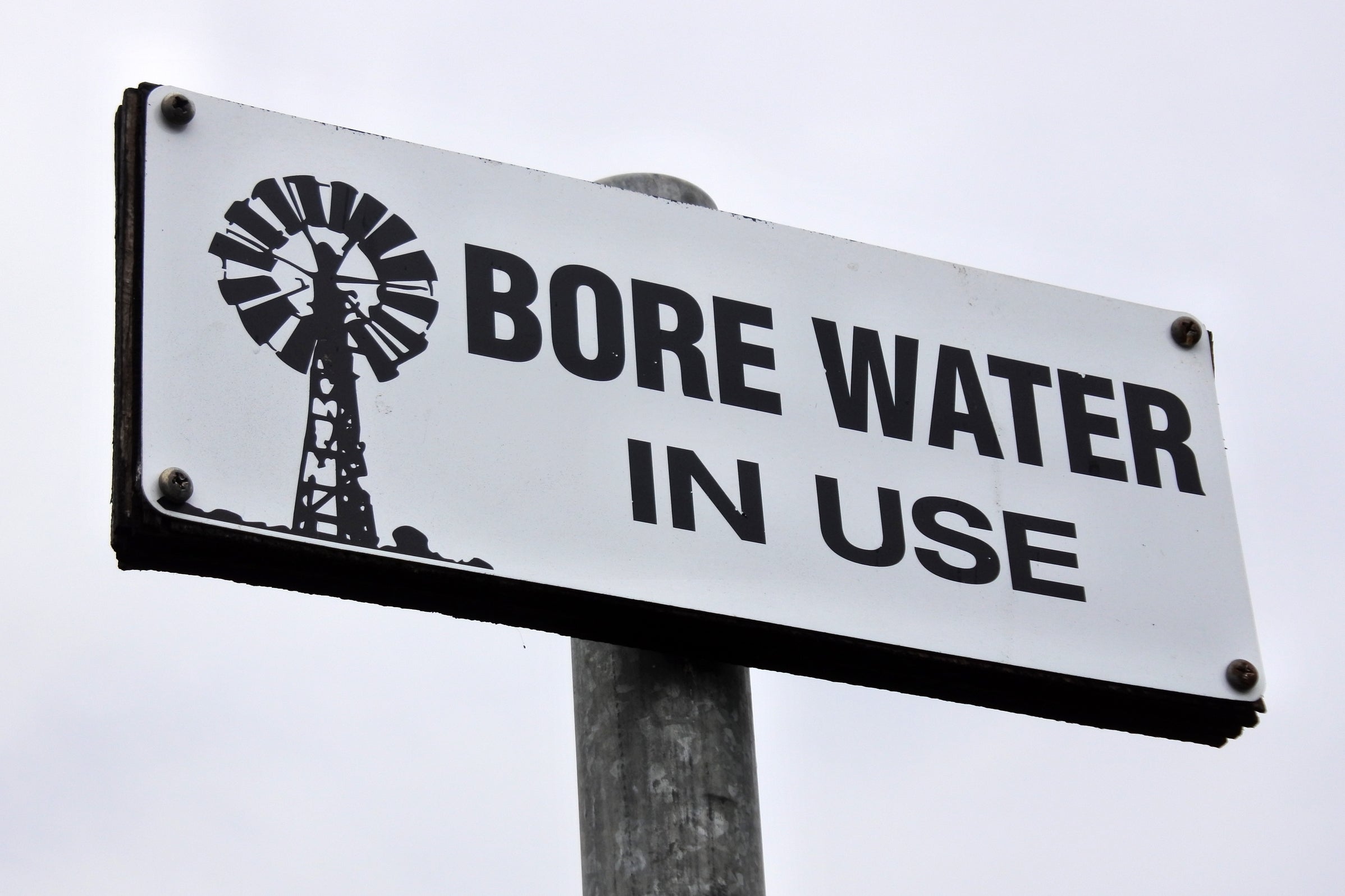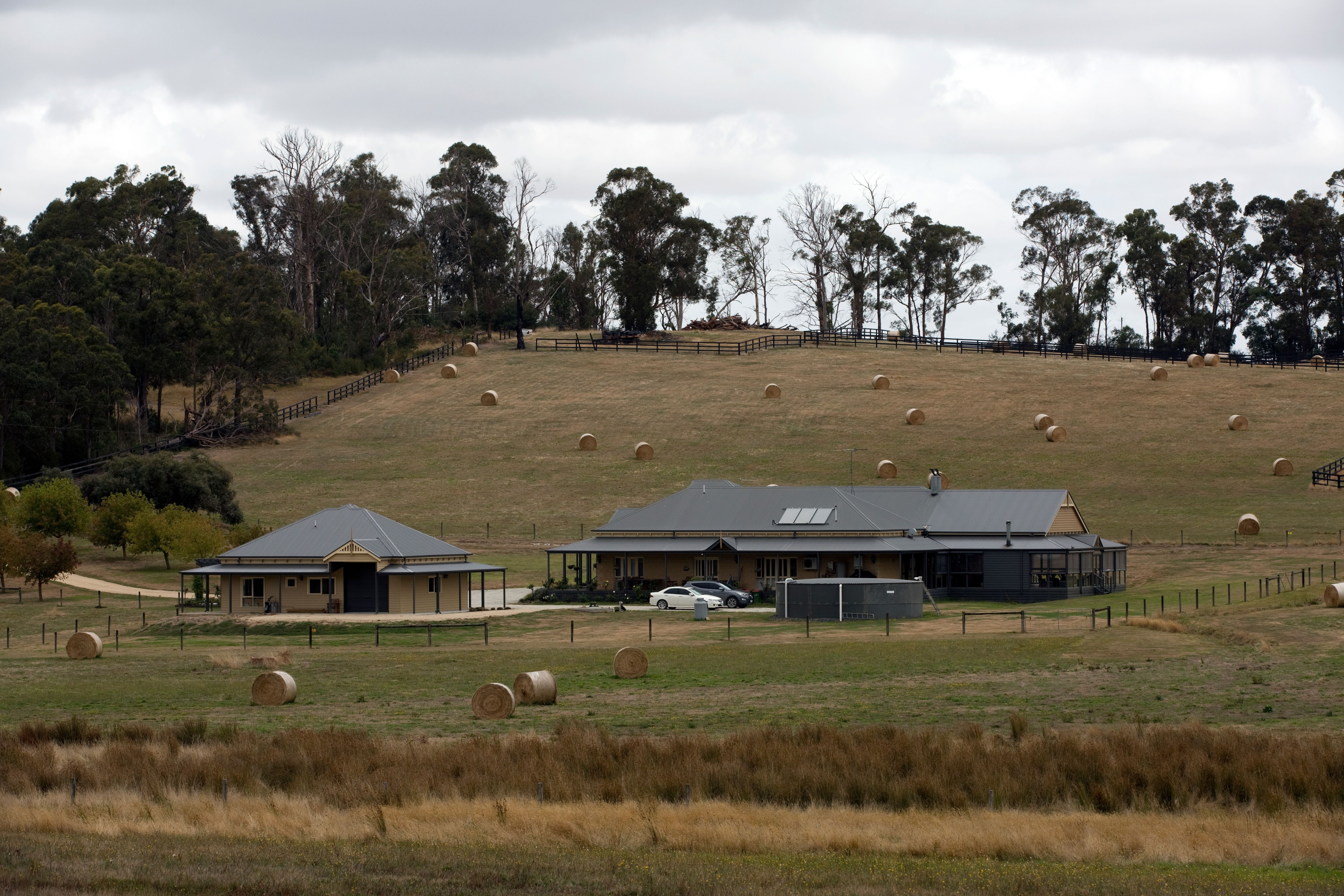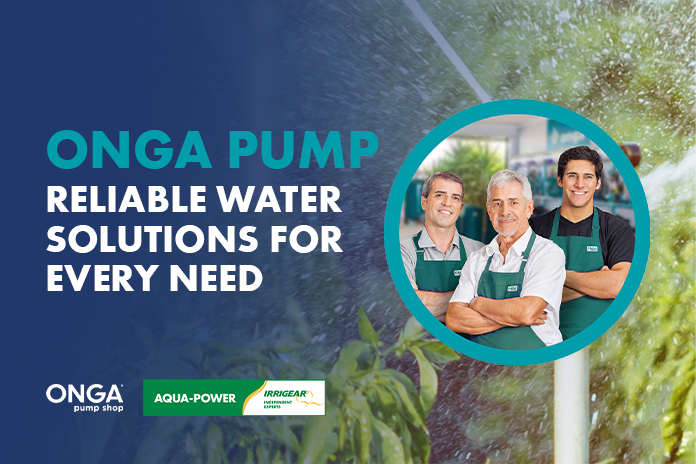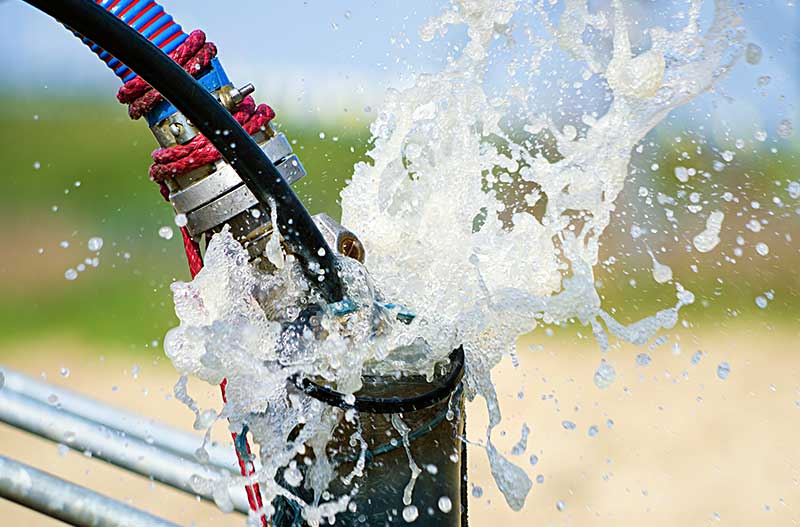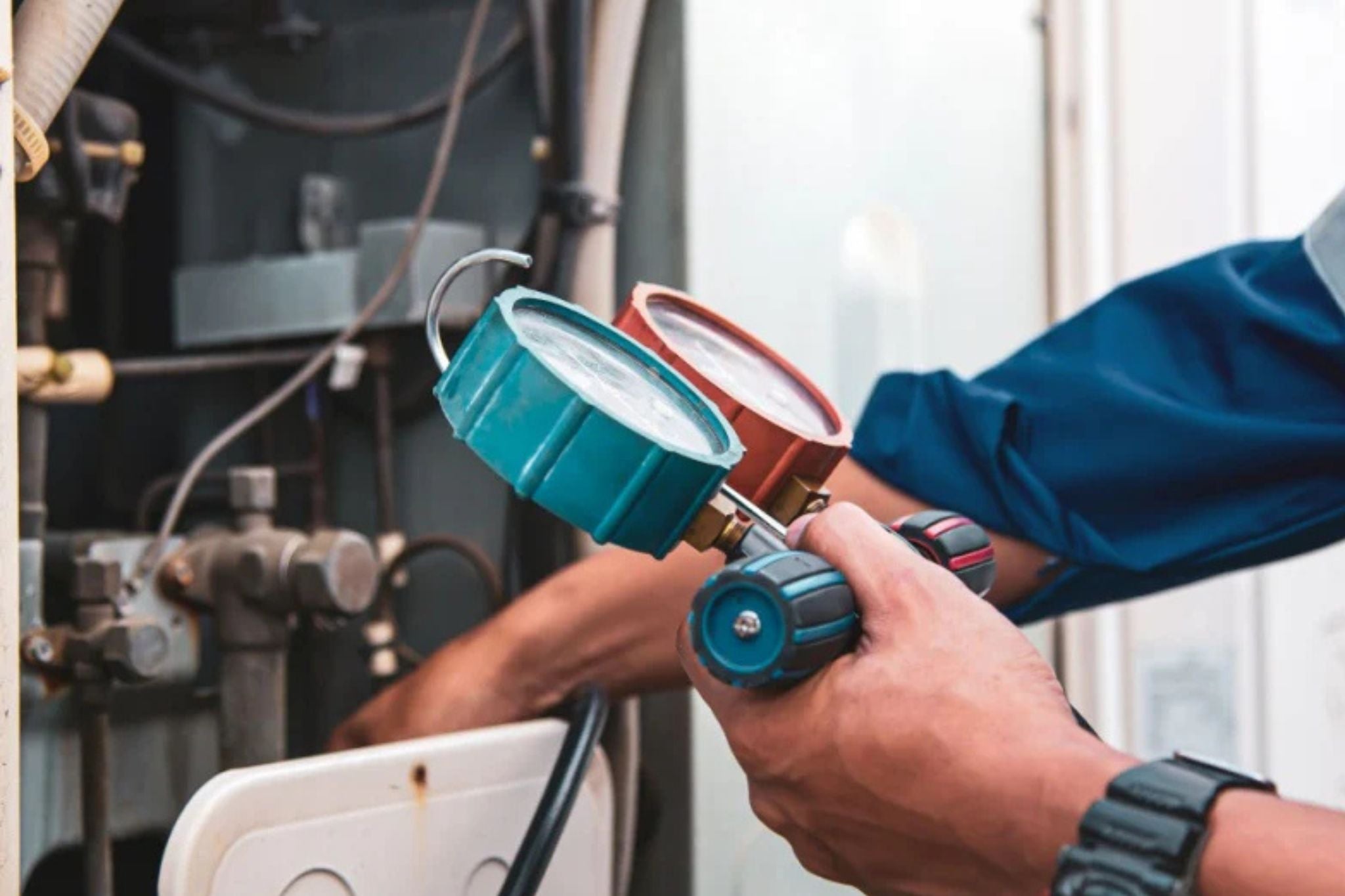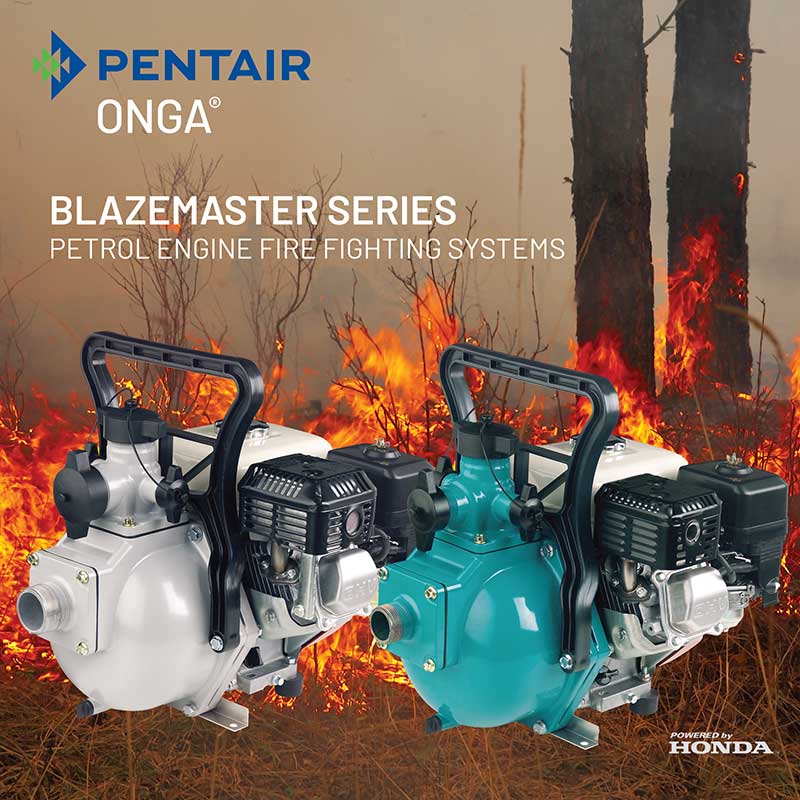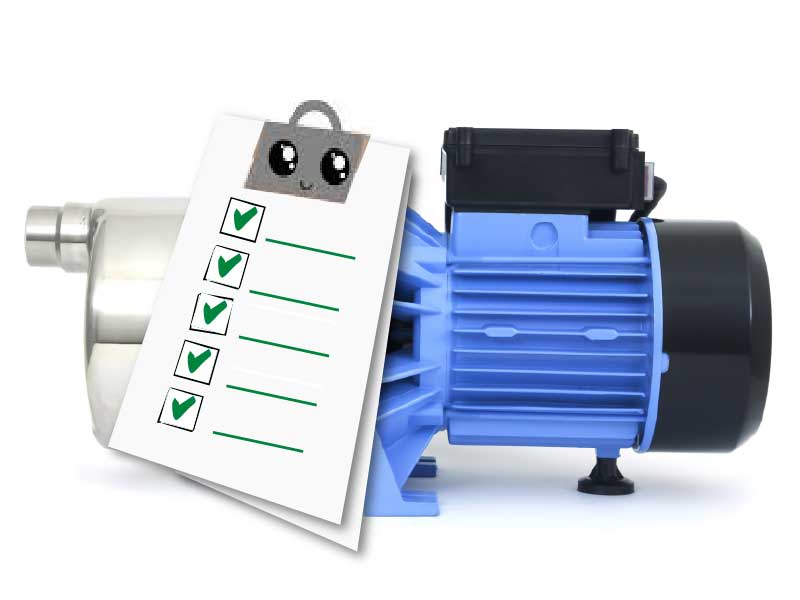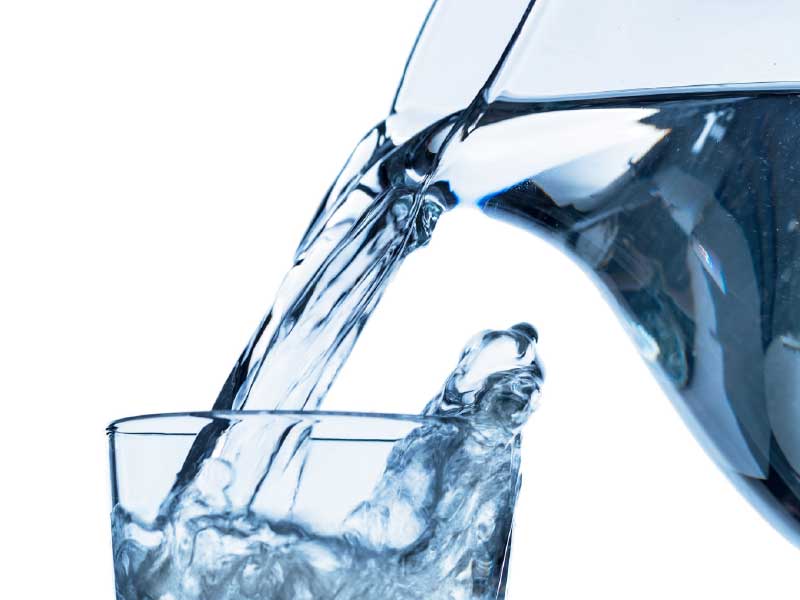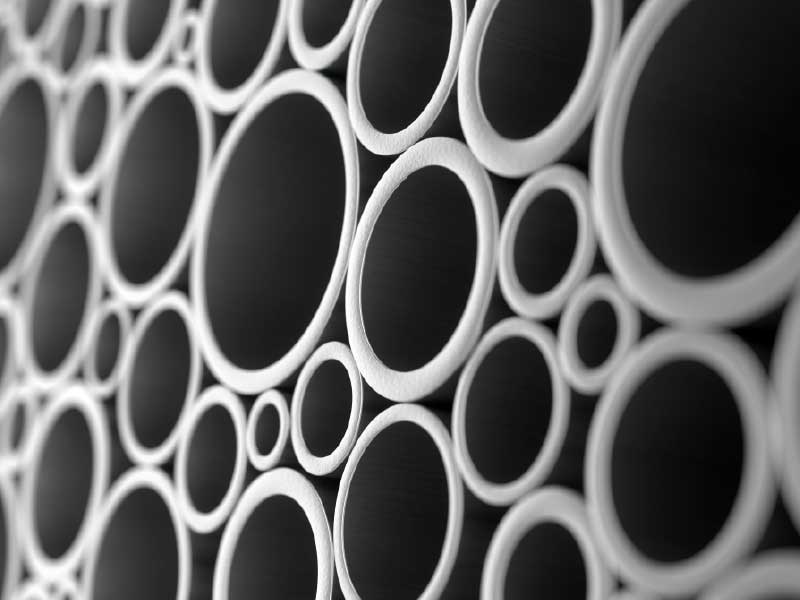
Waste Water Management: The Untapped Resource
Posted by Lachlan McIntosh on
Throughout Australia, water usage and demand management is increasingly becoming the cornerstone of many enterprises.
After Antarctica, Australia is the driest continent on earth.
As our population and accompanying water usage has grown out of step with rainfall and water availability, public comment on water usage has become intense; at times heated, confrontational and often highly politicised.
One view may be there is no such thing as waste water — that is, assuming it may all be treated and returned to a usable state. For the purposes of this article, we can look at the Wikipedia definition as “Wastewater treatment is a process to convert wastewater – which is water no longer needed or suitable for its most recent use – into an effluent that can be either returned to the water cycle with minimal environmental issues or reused. The latter is called water reclamation and implies avoidance of disposal by use of treated wastewater effluent for various purposes.”
In Australia, most wastewater is transported from domestic or industrial sites through sewerage reticulation, a system of sewers and pump stations, to a sewage treatment plant. Most of these plants are built, maintained and operated by local governments.
Operators are licensed under the Environmental Protection Act 1994 to discharge treated wastewater at an acceptable environmental standard into waterways. The Act is administered by the Department of Natural Resources which advises local governments about managing, operating and maintaining sewerage systems and treatment plants.
Why waste water is important and where can it be used?
Australia needs to ensure water security in its arid and variable climate, particularly in urbanised and city areas where rainfall and runoff have declined significantly. Recycled water can provide a reliable, climate-resilient and economically sound source of water, an important component of a robust and resilient water supply system.
There are many applications for recycled water, however the cost of treatment may mean that reclamation may be uneconomical in some circumstances. Typical uses for recycled water are:
- Drinking (potable) water
- Non-drinking uses in households, watering golf courses and recreational parks
- Industrial uses such as washing and cooling in power stations and factories
- Agriculture, horticulture, forestry, pasture, flowers, viticulture and sugar cane growing
- Fire fighting
- Groundwater recharge
- Environmental flows and wetlands.
Waste water management techniques in Europe & Asia
Many urban communities in Europe and Asia have successful policies and procedures in place for water protection, often guaranteeing accessibility of water for future ages where the withdrawal of fresh water from natural resources becomes less than its regular substitution rate.
Some of the techniques adopted in these countries include:
- Vacuum excavation
- Boring machines
- Sediment ponds
- Algae removal
- Flood water clean-up
- Land fill and quarry liquid waste
- Industrial water processing/cleaning.
Waste water management in Australia
Waste management businesses contributed $3.3 billion and $3.5 billion to Australia’s gross domestic product (GDP) in 2009-10 and 2010-11, respectively, according to the Australian Bureau of Statistics (ABS). This is based on Industry Value Added (IVA), which over the last four years has increased by 30 per cent for the waste management services industry, up from $2.7 billion in 2006-07.
Past research has demonstrated that 90 percent of Australians indicated that water was a somewhat or very important issue in the 2010 Federal Election, with one in four expressing high levels of concern about running out of water. Despite this level of concern, the same survey reported that fewer than one in five Australians thought that they were well informed about alternative water sources such as recycled water and desalinated water.
Recently, a few Australian industries have awakened to the importance of wastewater management. These industries include:
- Food and beverages
- Pulp and paper
- Mining
- Meat processing
- Chemical manufacturing.
The technologies adapted by these industries vary in their approach and are largely based on the cost factor. Some of these technologies include:
- Dissolved Air Flotation (DAF) — a process by which small, micronized bubbles are made to attach to suspended material in water and carry the solids to the liquid’s surface.
The process operates at higher hydraulic and solids loadings than gravity devices; is space efficient and particularly suitable for a wide range of municipal biological sludges, industrial wastewaters, and oily material. DAF designs suit particular industrial and municipal applications.
- Anaerobic Processes — for over 30 years, anaerobic processes have been regarded as the best practice for wastewater treatment plants.
As the name implies, anaerobic wastewater treatment does not use air or oxygen. Up flow anaerobic sludge blanket technology, also known as UASB reactor, is a form of anaerobic digester which is used in wastewater treatment. The UASB reactor is a methane-producing digester, which uses an anaerobic process and forms a blanket of granular sludge which is processed by the anaerobic microorganisms.
Apart from the different technologies, few states in Australia are taking innovative initiatives for waste water management. The best example that can be cited is that of Sydney Park storm water harvest.
More recently, the park, which sits atop the former brick works and Tempe tip, has become home to NSW's largest stormwater harvesting project. The area is a major example of sustainability within the urban framework and is capable of diverting, cleaning and harvesting stormwater for re-use and re-distribution back into the Alexandria Canal.
Types of pumps used for waste water treament in Australia
Pumps play a vital role in wastewater treatment. They help in collecting the wastewater from different parts of the plant and transfer it to the treatment plant. Once the water is purified, pumps move the treated water to where it is required, or to a storage tank.
The types of pumps currently used in waste water treatment in Australia include:
- Centrifugal pumps
- Positive displacement pumps
- Submersible water pumps
- High-pressure pumps
- Water pressure booster pumps
- Agitator pumps
- Circulation pumps
- Progressive cavity pumps.
Positive displacement pumps use rollers, gears and impellers to displace fluid through the system. They are highly durable and are able to pump both liquids as well as slurries with lots of solid particles. The most popular type of positive displacement pumps are the diaphragm pumps. These pumps have a chamber and a diaphragm membrane and are fitted with discharge valves.
The type of sewage pumps chosen for water treatment plants depends on several factors. Pumps must be able to withstand the abrasion and corrosion caused by the slurry or wastewater. Also, the pumps used in industrial plants are vastly different from those used in residential complexes. The former must be highly durable and heavyduty to handle large volumes effectively.
Different states of Australia are now awakening to the importance of waste water treatment, with industries adopting various other methods, apart from the conventional ways, to reuse wastewater. Reuse is the application of effluent in a way that provides income, reduces costs or leads to some other benefit. It could result in economic, social or environmental benefits either directly or indirectly.
Water is our most precious resource. We all must accept responsibility for minimising its use and be prepared to play a role in supporting government, educational and business initiatives to find answers as our population places ever-increasing demands on water supply.
Acknowledgement: This article was supplied and written by the Editorial Team at Power Equipment Australasia Magazine. Click below to view their website.


